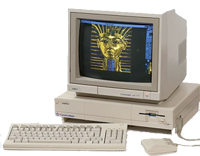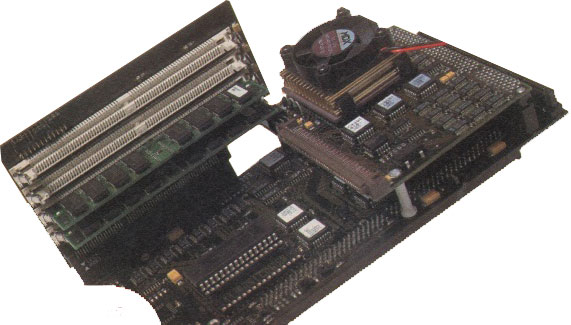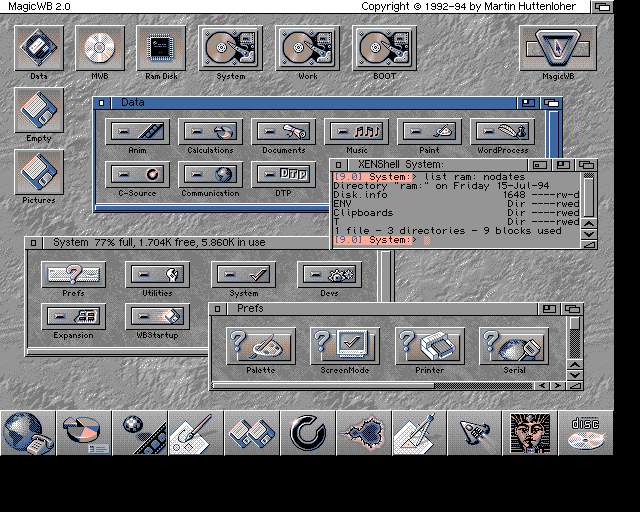SCSI on the Amiga (CU Amiga Feb 1995)
Once your partitions have been set up (maybe 8ish MB for Workbench and the rest for your other stuff), you need to format these disks as at the moment they’re like unused floppies. The FORMAT command on the workbench disk will do this job, but make sure you use the FFS and QUICK flags. FFS stands for Fast File System and basically speeds up disk access. QUICK tells the formatter not to format each individual track (a tedious task) but to just write the information that is necessary to get the disk up and running.
Now, installing Workbench is necessary. For versions 2.0 or previous, this is simply a case of copying the Extras, WorkBench and Fonts disk to the drive. The CLI command ‘copy’ will do this for you. Boot from your Workbench disk, run a shell and type ‘copy df0: to dh0: all’. Repeat with the Extras disk and Fonts disk.
Workbench 2.1, 3.0 and 3.1 are slightly more complex: if you want all features to work, you’re best off leaving the task to a program that knows what it’s doing. Most interfaces will come with software to do this, but if it doesn’t First Computer Centre (0113 231 9444) can supply HD-prepping, formatting and installation software at a reasonable cost.
“Et Voila”, you’re there! You’re in the world of cheap, mass-storage devices. With the going rate of around £600 for a gigabyte of storage, you’ve got it made.
A word of warning about SCSI drives, though. Flicking through adverts will show pretty vast differences in price between makes and models, even if they’re the same size. Data transfer rates can and do vary wildly, the current zenith being a sustained 5MB/second from the Seagate Barracuda range (contact White Knight technologies 01920 822321). For this sort of speed, you need a serious interface like a Zorro III Fastlane card which in turn requires an A4000 or 3000.
There’s also two standards of SCSI interface: SCSI and SCSI-2. SCSI-2 basically allows faster transfer rates from hard drives due to a wider data bus, but SCSI-2 drives can still be used successfully on SCSI interfaces.


